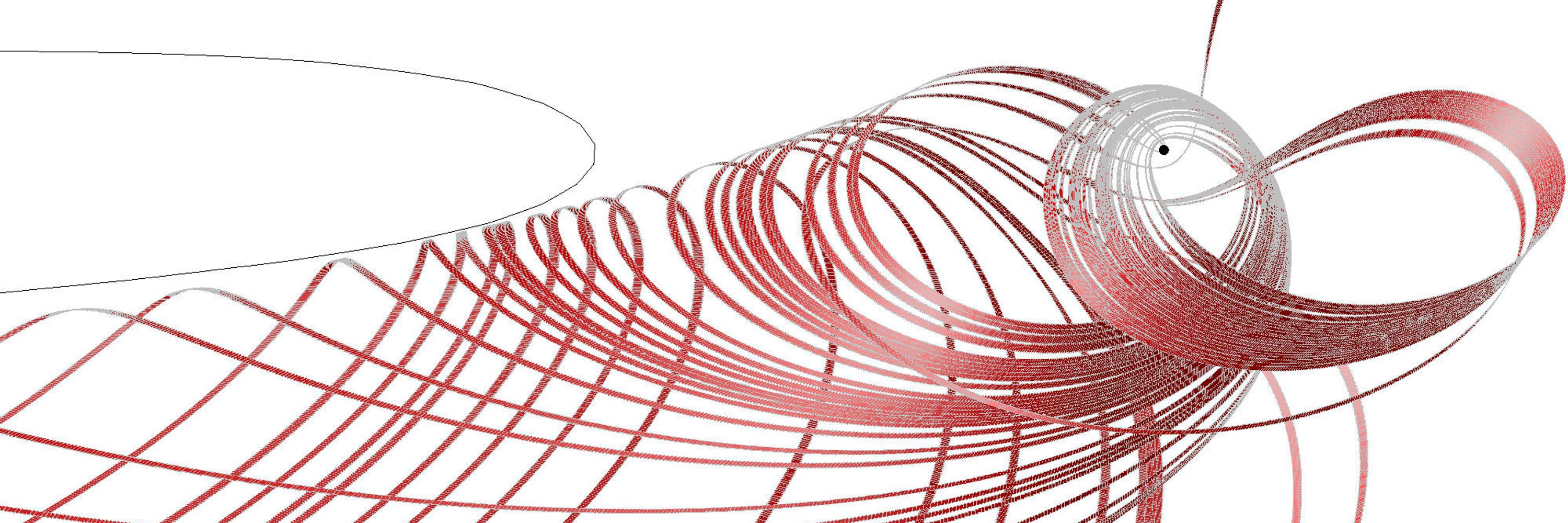Mike Henderson
@mhender.bsky.social
140 followers
200 following
500 posts
Retired Applied Mathematician. Computational Dynamical Systems.
Still trying to understand how things work.
https://multifario.sourceforge.io/henderson/
I might be wrong.
Posts
Media
Videos
Starter Packs











